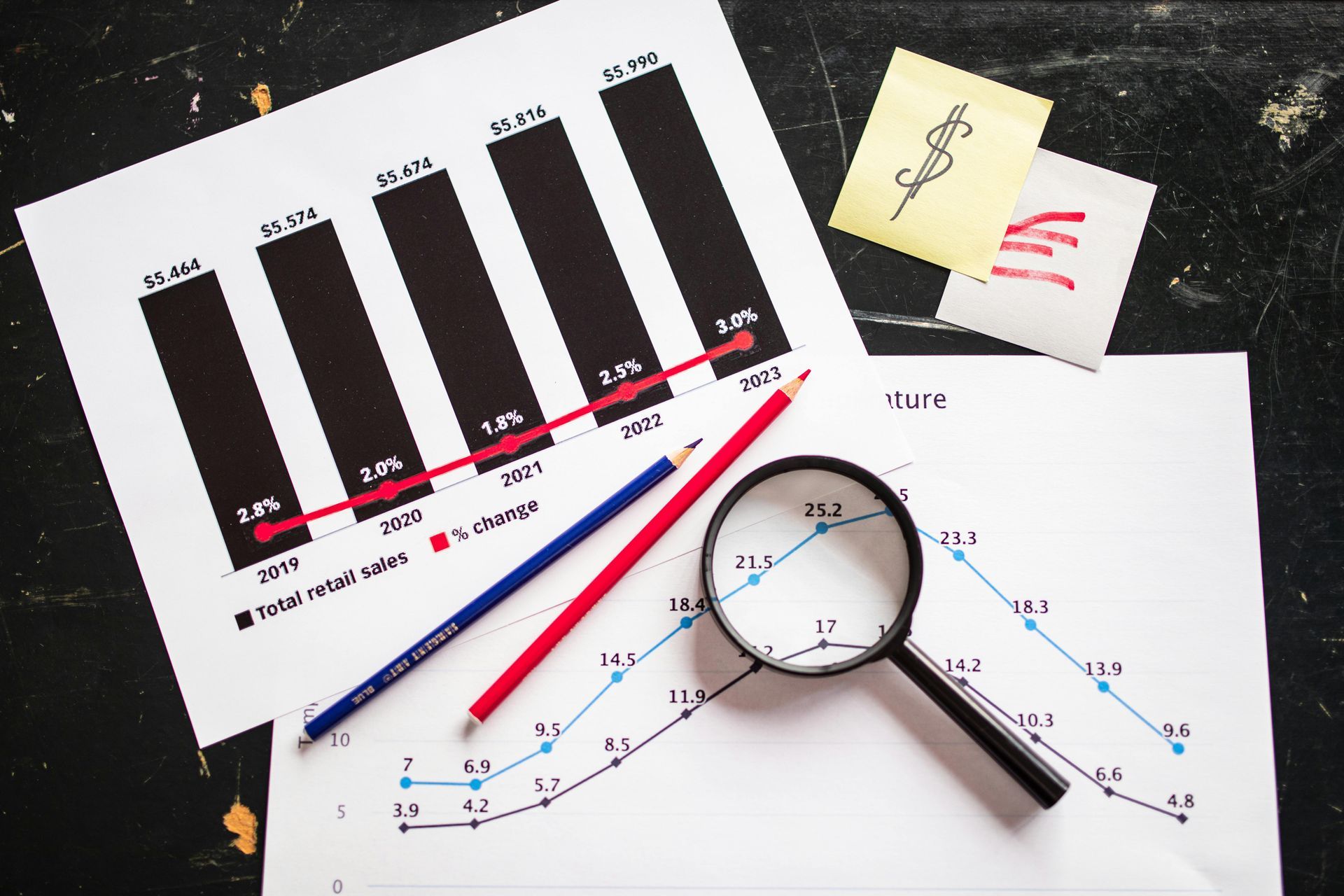Performance Marketing vs. Branding: Finding the Perfect Balance
The Battle Between Performance and Branding
In the fast-paced world of digital marketing, two key strategies dominate conversations—performance marketing and branding. Both are essential for business growth, yet they serve distinct purposes. Performance marketing is all about immediate results, measurable returns, and data-driven strategies, while branding focuses on long-term perception, trust, and loyalty.
But here’s the challenge: How do businesses strike the right balance between the two? Can companies drive revenue while building an emotional connection with their audience? In this blog, we’ll explore the strengths, weaknesses, and best practices for integrating performance marketing and branding into a unified strategy.

What is Performance Marketing?
Performance marketing is a data-driven approach where advertisers only pay for specific actions, such as clicks, leads, or conversions. Unlike traditional advertising, which prioritizes reach, performance marketing is entirely results-oriented.
Key Components of Performance Marketing:
- Paid Search Advertising (PPC): Platforms like Google Ads allow businesses to bid on keywords and only pay when users click on their ads.
- Social Media Advertising: Facebook, Instagram, and LinkedIn enable brands to target audiences based on demographics, behavior, and interests.
- Affiliate Marketing: Partnering with influencers, blogs, or third-party platforms that drive traffic in exchange for commissions.
- Retargeting & Remarketing: Displaying ads to users who have previously interacted with a brand to bring them back into the funnel.
Pros of Performance Marketing:
- Measurable Results: Every dollar spent can be tracked, allowing for ROI optimization.
- Scalability: Businesses can increase or decrease ad spend based on results.
- Faster Revenue Generation: Ideal for startups and businesses looking to drive sales quickly.
Cons of Performance Marketing:
- Short-Term Focus: Prioritizing immediate conversions can overlook long-term brand value.
- High Dependency on Paid Channels: Can become costly without organic brand recognition.
- Competitive & Saturated: With rising ad costs, businesses must continuously optimize campaigns.
What is Branding?
Branding, on the other hand, is the emotional connection between a company and its audience. It’s about how people perceive, trust, and relate to a business over time. A strong brand doesn’t just sell products—it cultivates a loyal customer base.
Key Components of Branding:
- Brand Identity: Logo, color scheme, typography, and visual style.
- Brand Voice & Messaging: The tone and language used in content, marketing, and communications.
- Content Marketing: Blog posts, videos, podcasts, and other materials that provide value beyond a product.
- Public Relations (PR): Media exposure, storytelling, and reputation management.
- Community Engagement: Connecting with audiences through social media, events, and customer interactions.
Pros of Branding:
- Long-Term Value: A well-built brand retains customers and lowers acquisition costs over time.
- Higher Customer Loyalty: Consumers trust and engage more with brands they recognize.
- Organic Growth: Strong branding leads to word-of-mouth marketing and organic search visibility.
Cons of Branding:
- Harder to Measure: ROI isn’t always immediate or easily quantifiable.
- Requires Consistency: Building a brand takes time and sustained effort.
- Slow Revenue Growth: Branding doesn’t generate instant sales like performance marketing does.
The Conflict Between Performance Marketing and Branding
Many businesses fall into the trap of prioritizing one strategy over the other. Some focus entirely on performance marketing, leading to quick sales but a lack of customer trust. Others invest only in branding, which builds credibility but may not yield immediate conversions.
The key challenge is understanding that branding and performance marketing are not mutually exclusive—they complement each other. Brands that master the art of integrating both create sustainable growth while maintaining financial efficiency.
The Pitfalls of Prioritizing One Over the Other:
- Over-Reliance on Performance Marketing: Brands may experience high churn rates and struggle with long-term customer retention.
- Over-Reliance on Branding: Companies may struggle to track ROI and justify marketing expenses.
Finding the Perfect Balance: A Holistic Strategy
So, how can businesses blend performance marketing with branding to achieve sustainable success?
1. Use Branding to Enhance Performance Marketing
A strong brand leads to higher engagement and conversion rates in paid advertising. For example, consumers are more likely to click on a trusted brand’s ad than an unfamiliar one.
- Ensure your ads reflect brand consistency in messaging and visuals.
- Use storytelling techniques in performance campaigns to foster emotional connections.
- Prioritize customer experience, as satisfied customers generate positive word-of-mouth marketing.
2. Leverage Performance Data to Strengthen Branding
Performance marketing provides valuable customer insights that can inform branding strategies.
- Analyze which messages resonate most with customers based on ad performance.
- Use A/B testing in ads to refine brand positioning and storytelling.
- Optimize content marketing based on keyword trends and audience behavior.
3. Allocate Budget Wisely Between the Two
Instead of dedicating all resources to one area, businesses should maintain a healthy mix:
- Short-Term Wins (Performance Marketing): Focus on PPC, paid social, and retargeting to drive immediate conversions.
- Long-Term Growth (Branding): Invest in organic SEO, content marketing, and community-building efforts.
4. Develop an Omnichannel Approach
Consumers engage with brands across multiple platforms. A blended strategy ensures visibility and consistency across all channels.
- Combine paid ads with organic content for better reach.
- Use brand storytelling in email marketing and social media.
- Integrate performance-based influencer marketing with long-term ambassador programs.
5. Measure Both Short-Term and Long-Term Metrics
Businesses must assess the effectiveness of both performance and branding efforts.
- Performance Metrics: ROAS (Return on Ad Spend), CTR (Click-Through Rate), CAC (Customer Acquisition Cost).
- Branding Metrics: Brand recall, customer sentiment, organic search traffic, customer lifetime value (CLV).
Conclusion: The Power of Balance
Performance marketing and branding aren’t at odds—they are two sides of the same coin. The best marketing strategies integrate both approaches, ensuring businesses enjoy immediate returns while building long-term relationships.
By combining data-driven advertising with authentic brand storytelling, companies can create a sustainable, impactful, and profitable marketing strategy that stands the test of time.







